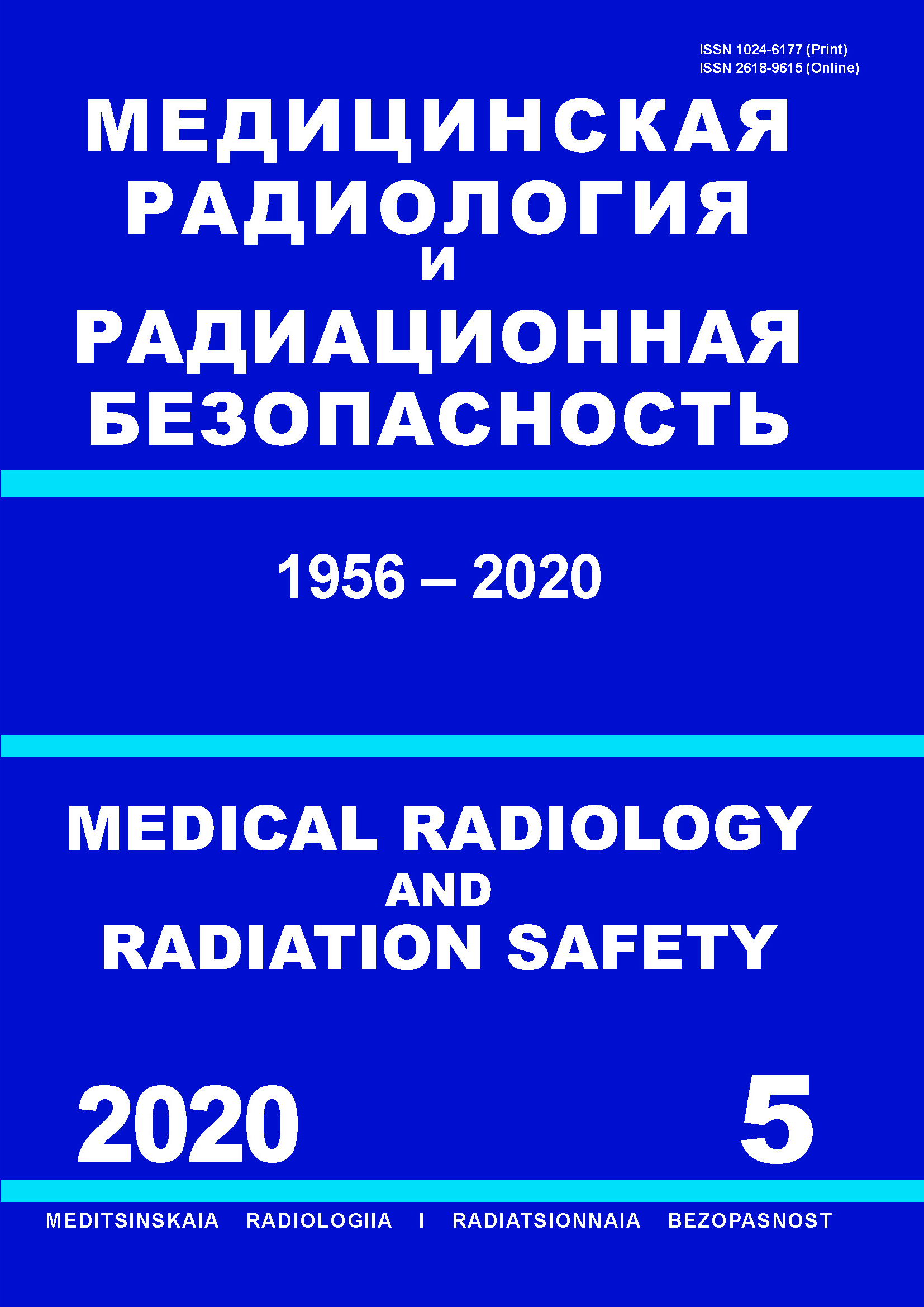Russian Federation
Russian Federation
Russian Federation
Russian Federation
Russian Federation
Purpose: To study the effect of radiation sterilization at an ultra-high dose of 30 kGy on the cytocompatibility of decellularized vascular scaffolds repopulated with placenta MSCs. Materials and methods: The material of the study were aortas of laboratory animals (rabbits and rats, three vessels for each animal species), which were subjected to detergent - enzymatic perfusion decellularization by two protocols differing in reagents composition. Then the scaffold decellularized by the most efficient protocol was irradiated at a dose of 30 kGy and repopulated with placenta MSCs. As a control, the unirradiated matrix was seeded with cells of the same type. Histological staining of hematoxilin – eosin, IHC for type I collagen and Ki67, DAPI staining and quantitative assessment of genomic DNA were used to evaluate the effectiveness of decellularization and seeding. Scaffolds seeding was assessed by analyzing serial sections taken on day 1st, 3rd, and 4th of culture. Results: The scaffolds obtained in accordance with Protocol 1 were characterized by the absence of detectable cell nuclei, while the DNA content in them was significantly lower compared to Protocol 2. On the digitized images of sections of the unirradiated matrix, the cell nuclei were determined for routine H&E and DAPI staining while for the irradiated scaffold the cell nuclei were visualized on the border between the scaffold and fibrin gel only on DAPI stained section at 1st day of culture. The frequency of occurrence of Ki67+ nuclei on the 4th day of culture was significantly lower for the irradiated scaffold in comparison with the non-irradiated scaffold (7.5% and 29.8%, respectively, p=0.0054). Conclusion: Scaffold irradiation leads to loss of cytocompatibility of tissue-engineering constructs.
tissue engineering, regenerative medicine, scaffold, fibrin gel, static settlement, ultra-high doses, radiation sterilization
1. Villalona G.A., Udelsman B., Duncan D.R., McGillicuddy E., Sawh-Martinez R.F. et al. Cell-seeding techniques in vascular tissue engineering. Tissue Eng Part B Rev. 2010 Jun 16. Vol.3:341-50. PubMed PMID: 20085439.doi:https://doi.org/10.1089/ten.TEB.2009.0527.
2. Brown A.C., Barker T.H. Fibrin-based biomaterials: modulation of macroscopic properties through rational design at the molecular level // Acta Biomater. 2014. Vol.10. No.4. P.1502-14. doi:https://doi.org/10.1016/j.actbio.2013.09.008
3. White L.J., Keane T.J., Smoulders A. et al. The effects of terminal sterilization upon the biological activity and stiffness of extracellular matrix hydrogels // Front. Bioeng. Biotechnol. Conference Abstract: 10th World Biomaterials Congress. 2016. doihttps://doi.org/10.3389/conf.FBIOE.2016.01.00032.
4. Bankhead P., Loughrey M.B., Fernández J.A. et al. QuPath: Open source software for digital pathology image analysis // Sci Rep. 2017. Vol.4 No.7. P.: 1-7. doi:https://doi.org/10.1038/s41598-017-17204-5.
5. Loughrey M.B., Bankhead P., Coleman H.G. et al. Validation of the systematic scoring of immunohistochemically stained tumour tissue microarrays using QuPath digital image analysis//Histopathology. 2018.Vol.73. No.2. P.327-38. doi:https://doi.org/10.1111/his.13516.
6. T.A. Astrelina, M.V. Yakovleva, N.K. Shahpazyan, A.E. Gomzyakov, E.E. Karpova, E.V. Kobzeva, E.V. Skorobogatova. Znachenie opredeleniya gerpesvirusov cheloveka v mezenhimal'nyh stvolovyh kletkah kostnogo mozga i placenty dlya klinicheskogo primeneniya // Kletochnaya transplantologiya i tkanevaya inzheneriya. 2012. T.7. №4. S.68-72.
7. McHugh M.L. Multiple comparison analysis testing in ANOVA // Biochem. Med. 2011. Vol. 21. No. 3, P.203-209.
8. Rieder E., Kasimir M.T., Silberhumer G., et al. Decellularization protocols of porcine heart valves differ importantly in efficiency of cell removal and susceptibility of the matrix to recellularization with human vascular cells // The Journal of Thoracic and Cardiovascular Surgery. 2004. Vol.127, No.2. P.399-405. doi:https://doi.org/10.1016/j.jtcvs.2003.06.017.
9. Ryzhuk V., Zeng X.X., Wang X. et al. Human amnion extracellular matrix derived bioactive hydrogel for cell delivery and tissue engineering // Mater Sci Eng C Mater Biol Appl. 2018. Vol.1. No. 85. P.191-202. doi:https://doi.org/10.1016/j.msec.2017.12.026.
10. Poornejad N., Nielsen J.J., Morris R. J. et al. Comparison of four decontamination treatments on porcine renal decellularized extracellular matrix structure, composition, and support of renal tubular epithelium cells // Journal of Biomaterials Applications. 2016. Vol.30. No.8. P.1154-1167. doi:https://doi.org/10.1177/0885328215615760





